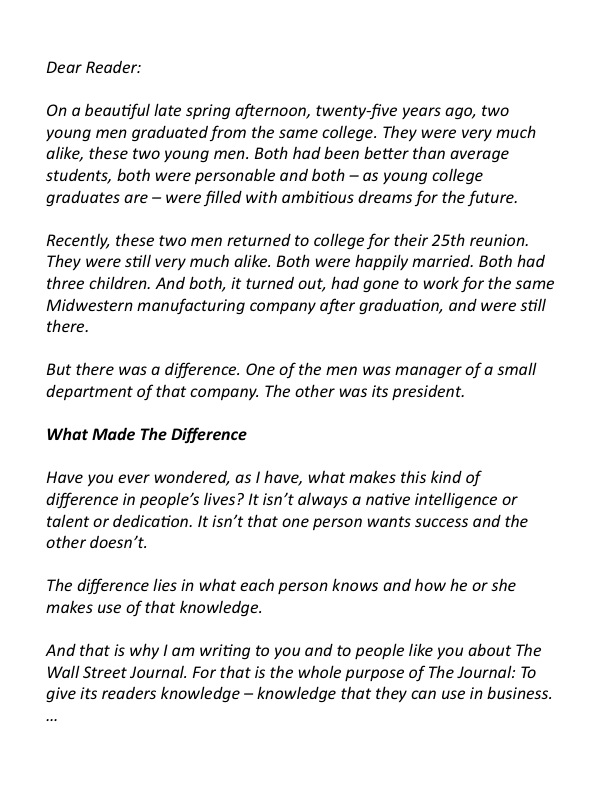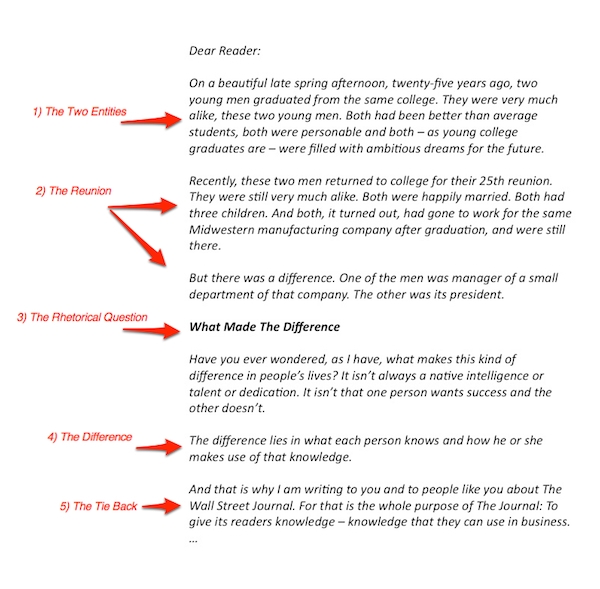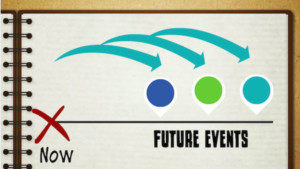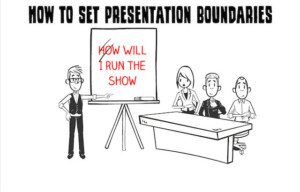Below are 4 lessons about business storytelling that you can learn from the Wall Street Journal. Most importantly, you will learn how to create a customer success story that highlights the benefits of working with your organization.
I’ve seen clients apply the lessons below to tell customer stories in the SAAS, networking, biotech, and non-profit space. These lessons worked for the Wall Street Journal and they will work for you.
Lesson #1 Facts Inform and Stories Influence
Did you know?
One of the most successful Wall Street Journal ads of all time is a story. That specific story single-handedly helped the Wall Street Journal generate 2 billion dollars of revenue (that’s billion with a “B”).
The Journal prides itself on providing tangible core knowledge to help people succeed in business. They are one of the best-selling news media companies in the industry and to sell their subscriptions, they rely on stories. So can you.
Here is the story that contributed massively to the Journal’s success in the ad:

Lesson # 2 Stories Have Structures
The formula used in the Journal is called the “Twin Story Formula.” Of course, it does not have to literally be about twins. It does need to portray two entities that started from a similar position and achieved different results over time because of one defining action or decision.
The entities can be businesses, non-profits, professionals, students, investors, animals, or anything that will help you demonstrate the benefits you or your organization brings to the market.
Here is the formula
- The Two Entities: Introduce two entities to start the comparison. In the Journal they use two people with the same look, same intelligence, same personality, and same ambition (you can use brands, companies, products, nonprofits, etc instead of people).
- The Reunion: After some time (minutes, hours, days, years), a comparison is made, and they still looked the same at the surface. However, there was one big difference in results: One is outdoing the other. In the Journal, one person is a manager and the other is the CFO.
- The Rhetorical Question: Ask the audience “what caused the difference?”
- The Difference: Declare the difference as something they will get by working with your organization or product. In the Journal example, it is Knowledge.
- The Tie Back: Tie back the difference to your product, service or organization. In the Journal example, they tie back to the knowledge you can get by reading the Journal.
Use this formula to create your own customer success story. Of course, the comparison will demonstrate an entity that worked with your organization and one that did not. The one that worked with your organization will be the winner.
Lesson # 3 When You Find a Business Story that Works, Keep Using It.
The Twin Story above has been used successfully for the past 28 years. This tells you that when you find a story that works, then you need to keep using it.
When you are creating customer success stories, it is very tempting to keep generating more and more of them. That does not have to be the case. I have a number of stories that I’ve shared for years. The reason I keep using them is that they work.
Lesson # 4 and Conclusion
You can use the story formula as well. All you have to do is plug in two entities that work for you and your organization.
One of the best uses for the Twin Story Formula is to tell your customer success stories. Your customers could be an external customer (clients, buyers of your products, donors, etc), or internal customers (co-workers, cross-functional teams, different departments, etc).
This formula is going to allow you to demonstrate and highlight the difference between someone who used your service or product and someone who did not.
Come up with a customer success story and share it in the comments below. Would love to see it.



